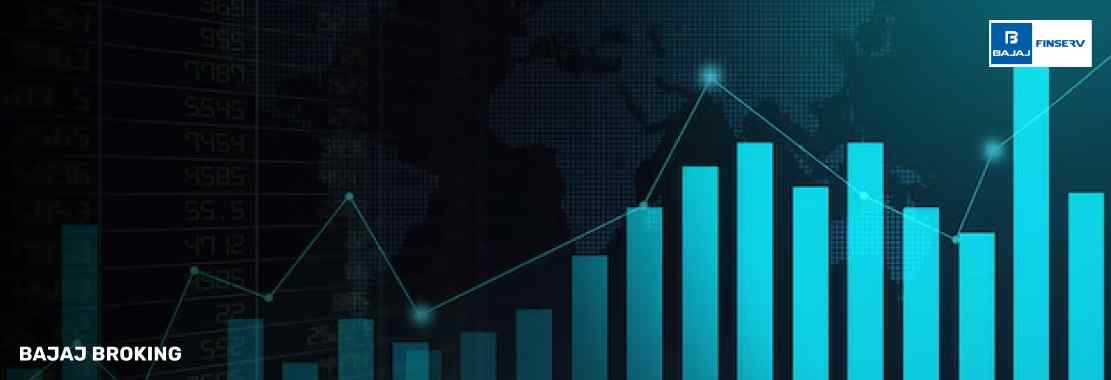Wedge patterns, which are generally classified into two categories, rising and falling wedges, signal a market uptrend and downtrend, respectively. A rising wedge pattern indicates a bearish trend. It is generally formed towards an uptrend’s end. A rising wedge is formed when two lines that are upward-sloping keep getting steeper as time passes. This means the price keeps hovering between these two lines; the higher keeps on going high. However, the momentum declines, signalling a weakening trend or potential reversal.
Let's understand this with an example. Say, Sana was walking up a hill. At first, she was able to move fast and easily. But as she keeps going higher, her path starts getting narrower, making it difficult for her to go forward. And even though Sana chooses to keep climbing, she realizes she can't keep her pace and momentum for much longer now. This is how the rising wedge pattern works. The prices keep going high. However, as the gap between the support and resistance lines starts to narrow, the momentum starts weakening.
Looking to learn more about these wedge patterns? Well, worry not. Read on as we help you explore what is a rising wedge pattern, what are its characteristics, identification, trading strategies for the same, and much more.
Characteristics of a Rising Wedge
Now that you have understood the meaning of rising wedges, let's try exploring their characteristics.
Formation
A rising wedge is formed when there are two trendlines, the support line and the resistance line, both of them rising and converging as the pattern moves forward.
Position and Trend
Both the lines here, support and resistance, are upward slopes, and these generally appear during the end of the market’s uptrend, showcasing signals of losing momentum and reversal of a trend.
Volume
Generally, the trading volume declines slowly as the trend continues. This showcases the weakening momentum or exhaustion of buyers.
Breakout
A breakdown or a breakout in the rising wedge patterns happens when the volume declines and the candle closes below the support line. This indicates a potential shift in the trend.
Formation and Psychology Behind the Pattern
If you've read until here, you already know what a rising wedge pattern is and what are its basic characteristics; what comes next is its formation. Now as mentioned earlier, the rising wedge pattern is commonly formed when an underlying share or stock is witnessing an uptrend. This means, at first, these stocks generally keep going up, also reflecting the buyer's control. However, as time passes, the support and resistance lines keep getting steeper, weakening the buyer's resolve.
Additionally, the volume also starts to decline eventually as buyers are no longer able to do much and push prices even higher. This is where sellers come into the picture, taking control, and breaking down the prices. Thus, reflecting a potential change in market sentiment, bearish from bullish.
How to Identify a Rising Wedge on Price Charts?
Traders can easily spot the rising wedge pattern on the charts, given you are observant of a few details. You simply have to look for two converging lines and make sure the slopes are going upwards. Here is a table for you that can help you understand how to quickly identify these rising wedges on a price chart.
Characteristics
| Properties
|
Trendlines
| There have to be two trendlines: an upper trend line of resistance and a lower trend line of support.
Both the trendlines should be converging and sloping upwards. However, the slope of the support line needs to be comparatively steeper than the resistance line.
|
Slope Formation
| It is generally formed after an uptrend.
The price keeps on moving between the two converging lines, forming the shape of a wedge.
|
Volume
|
|
Trading Strategies Using the Rising Wedge Pattern
Once you're done identifying rising wedge patterns, you can build successful trading strategies around the same. For instance, be patient and wait for a confirmed breakout. This usually indicates a potential decline in price. Now, you may enter a short position post the price breakdown below the lower support trendline. You may also use a stop-loss order to mitigate your estimated losses above the upper resistance line. You can also use the pattern to draw your risk-mitigating strategies, calculate your exit points, or simply bundle it up with other technical indicators to confirm the market's trends or patterns.
Conclusion
Anyone can start trading but to be a successful trader, you need to be a bit extra, do extra, and take an extra mile. This includes understanding key concepts related to trading patterns, trends, reversals, and more. Why, you ask? Well, these can help you identify the entry and exit points. Also, you can make better profits using these, and do much more.
When it comes to wedging patterns, they offer a variety of benefits to traders. For instance, you may use technical indicators to understand potential reversals or trend continuations. Once you understand these wedge patterns, you are better aware of market sentiment and movements. This means now you can plan your risk mitigation strategies accordingly and make better profits, and informed trading decisions.
Not to forget, make sure to combine these technical tools with other indicators for better confirmation and to build better and more successful trading strategies.




